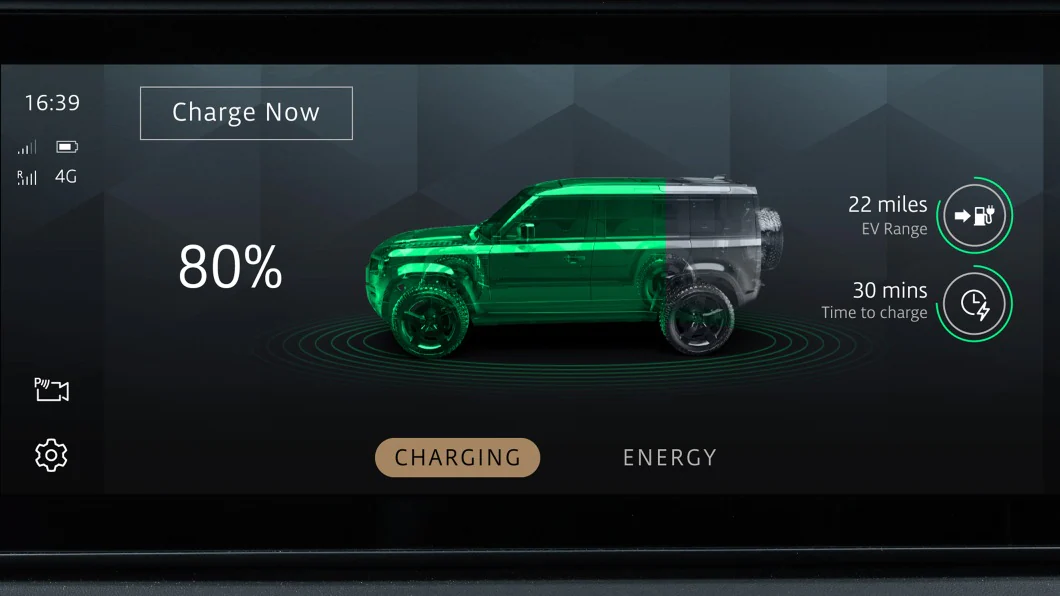FP StaffOct 14, 2022 16:26:35 IST
A startling new discovery was made completely by accident that could possibly change everything that we know about black holes, physics and space. Scientists, for the first time, have observed a black hole, regurgitating or spewing out parts of a star that it had previously devoured.

In 2018, astronomers spotted the bright flare of a star being shredded by a black hole called the AT2018hyz. The AT2018hyz is a black hole that is about 20 million times more massive than our Sun and is 665 million lightyears away. Nearly three years later, the black hole showed massive signs of activity, in which it spewed out unidentified materials back into space, almost as if it was burping out the remnants of the star that it had devoured.
The observation was first published in The Astrophysical Journal. Yvette Cendes of the Harvard-Smithsonian Center for Astrophysics, one of the co-authors of the paper which reported the phenomenon. “This caught us completely by surprise—no one has ever seen anything like this before,” said Cendes in an interview.
The way a black hole consumes a star is that it shreds the star with its powerful gravitational forces. This is called a TDE or tidal disruption event.
It is a popular misconception that black holes behave like cosmic vacuum cleaners, ravenously sucking up any matter in their surroundings. In reality, only stuff that passes beyond the event horizon, including light, is swallowed up and can’t escape, although black holes are also messy eaters. That means that part of an object’s matter is actually ejected out in a powerful jet.
In a TDE part of the star’s original mass is ejected violently outward. This, in turn, can form a rotating ring of matter (aka an accretion disk) around the black hole that emits powerful X-rays and visible light. The jets are one way astronomers can indirectly infer the presence of a black hole. Those outflow emissions typically occur soon after the TDE.
When AT2018hyz was first discovered, radio telescopes didn’t pick up any signatures of an outflow emission of material within the first few months. According to Cendes, that’s true of some 80 per cent of TDEs, so astronomers moved on, preferring to use precious telescope time for more potentially interesting objects. But last June, Cendes and her group decided to check back in on several TDEs over the last few years that hadn’t shown any emission previously, using radio data from the Very Large Array (VLA). This time, they observed that AT2018hyz was lighting up the skies again.










